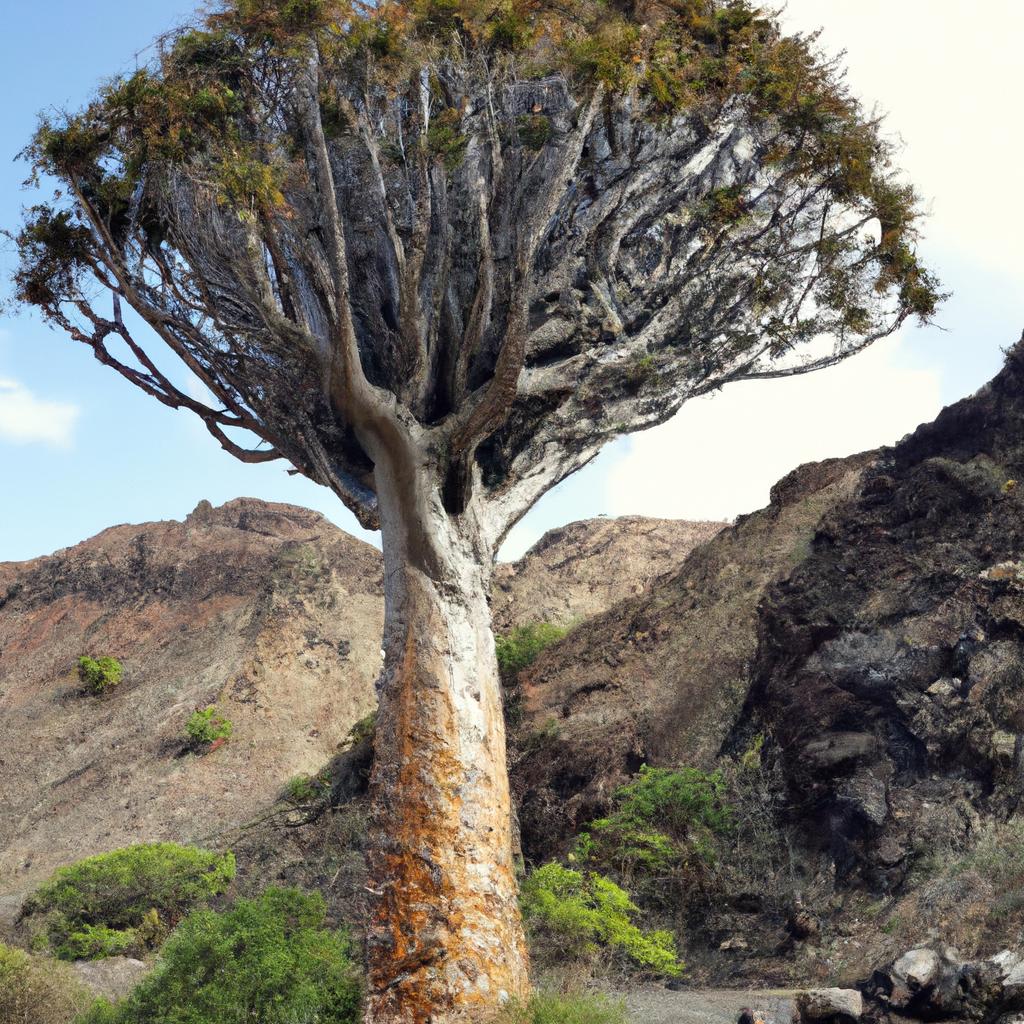If you’re seeking an extraordinary addition to your collection of plants, the dragon blood tree is a captivating choice. This rare species, scientifically known as Dracaena cinnabari, hails from the Socotra archipelago—a cluster of islands nestled in the Indian Ocean off Yemen’s shores. With its mesmerizing allure and fascinating history, the dragon blood tree is a must-have for any plant enthusiast.
Describing the Dragon Blood Tree
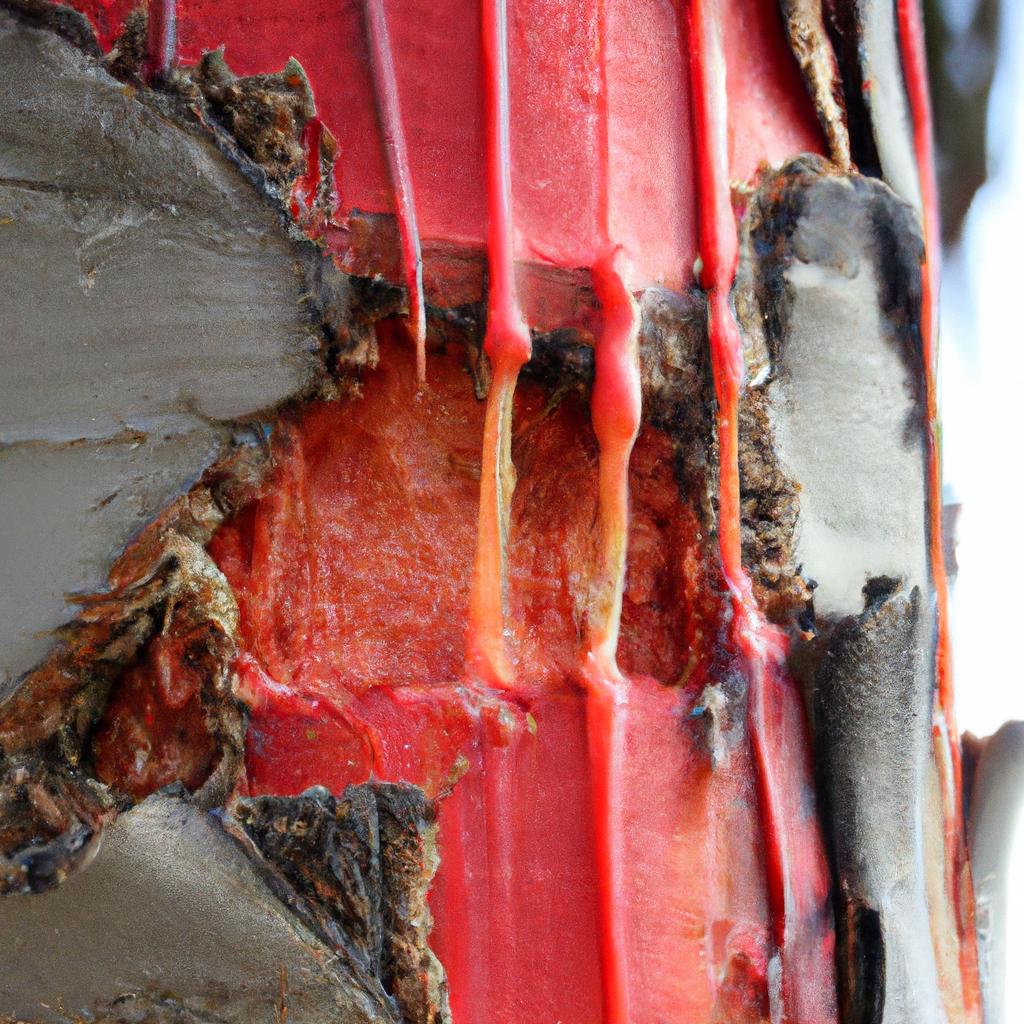
This tree earns its name from the unique red sap that has been utilized in traditional medicine and varnish for centuries. Standing tall at up to 10 meters with a sturdy trunk, the dragon blood tree dons spiky leaves arranged in a rosette pattern at its peak. The sap is carefully collected from incisions made in the bark as resin oozes out. This versatile substance serves many purposes, from wound treatment to textile dye.
The dragon blood tree’s distinct shape adds to its allure, often likened to a portal to another realm. Its branches grow in a circular fashion, bestowing the tree with a mushroom-like appearance. This peculiar structure helps the tree preserve water in its arid native habitat. Moreover, the tree’s roots have adapted to this environment, reaching deep into the ground to access water sources.
Beyond its striking features and medicinal properties, the dragon blood tree plays a vital role in the Socotra archipelago’s ecosystem. Its leaves are a source of sustenance for various creatures, including the endangered Socotra starling. Furthermore, the tree’s shade fosters a microclimate that encourages the growth of neighboring plant species.
Historically Significant
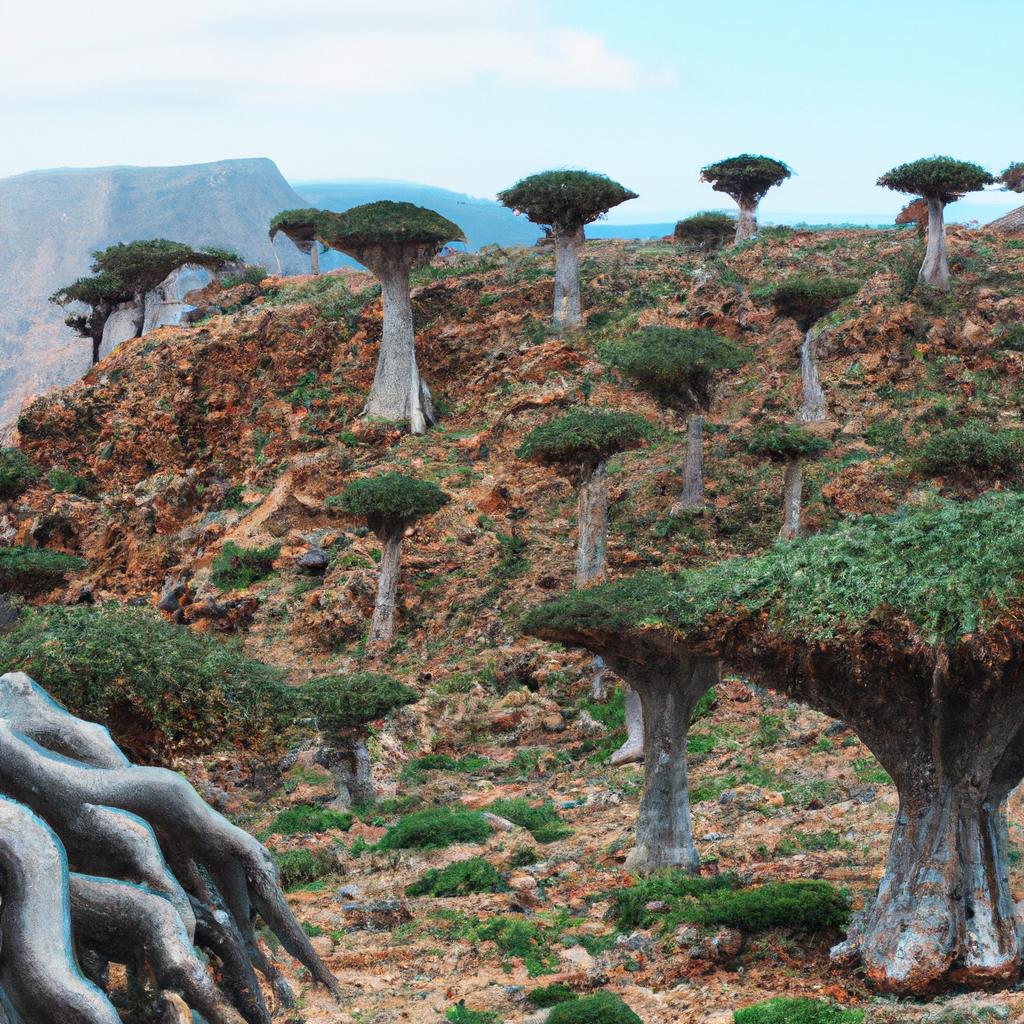
The dragon blood tree boasts a remarkable past and holds great cultural significance in the Socotra archipelago. According to local folklore, the tree sprouted from the ground when a dragon was vanquished, and its blood spilled onto the soil. This captivating tale explains the genesis of the captivating species we behold today. Ancient societies believed the tree’s sap possessed magical properties, utilizing it in various rituals and ceremonies.
The tree also played a vital role in ancient global trade networks. Its sap was highly sought-after for its medicinal virtues, garnering attention as distant as China and Europe. The ancient Greeks and Romans cherished the sap as a dye and varnish, recognizing its unique qualities.
Conservation Status
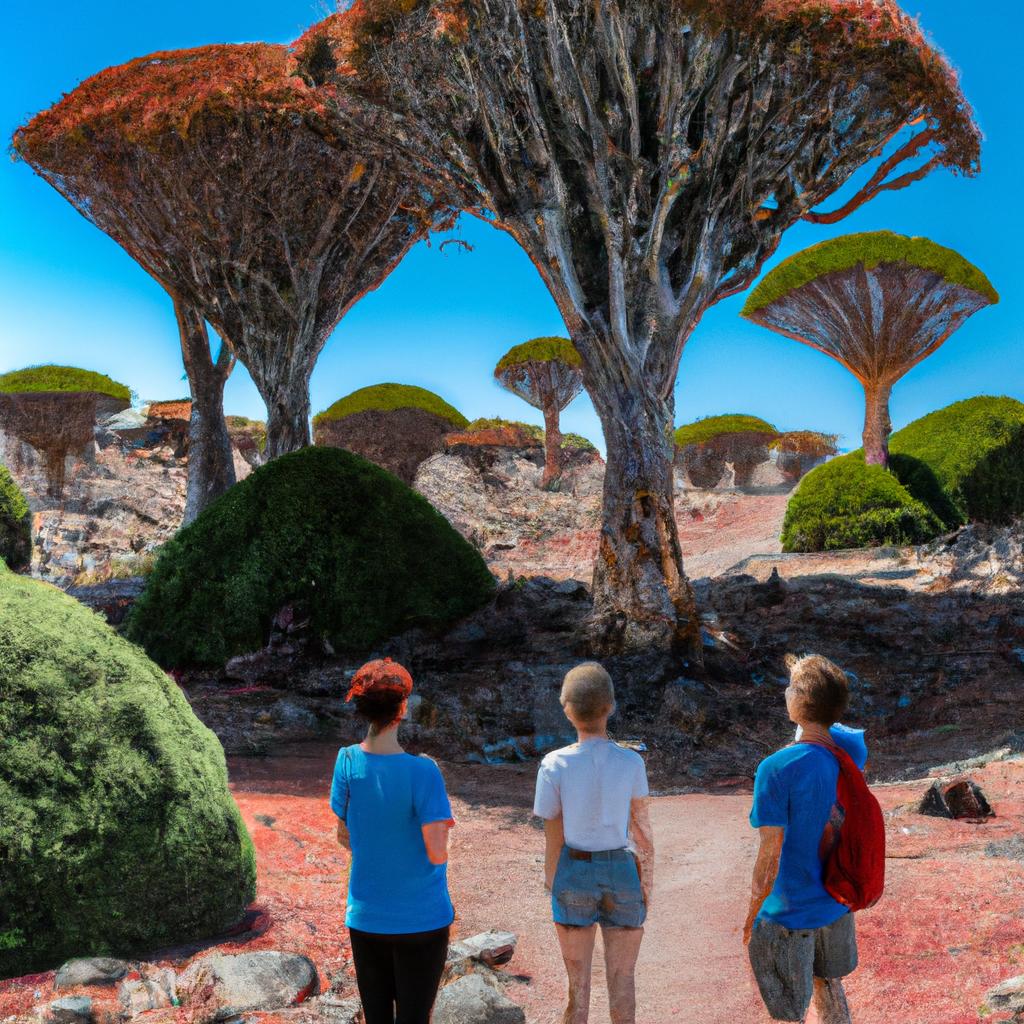
Despite its cultural and ecological significance, the dragon blood tree faces numerous threats. Climate change, habitat loss, and excessive sap extraction contribute to the species’ decline. The International Union for Conservation of Nature (IUCN) has classified the dragon blood tree as vulnerable—a designation signaling the risk of extinction if conservation measures are not implemented.
Thankfully, dedicated conservation efforts are underway to safeguard the dragon blood tree and its habitat. The Socotra Conservation and Development Program, a collaboration between the Yemeni government and international organizations, strives to promote sustainable development and preserve the archipelago’s unique biodiversity. Furthermore, local communities are encouraged to participate in conservation initiatives and practice sustainable sap harvesting.
By supporting these conservation endeavors and spreading awareness of the dragon blood tree’s significance, we ensure its thriving existence for generations to come.
Modern Uses
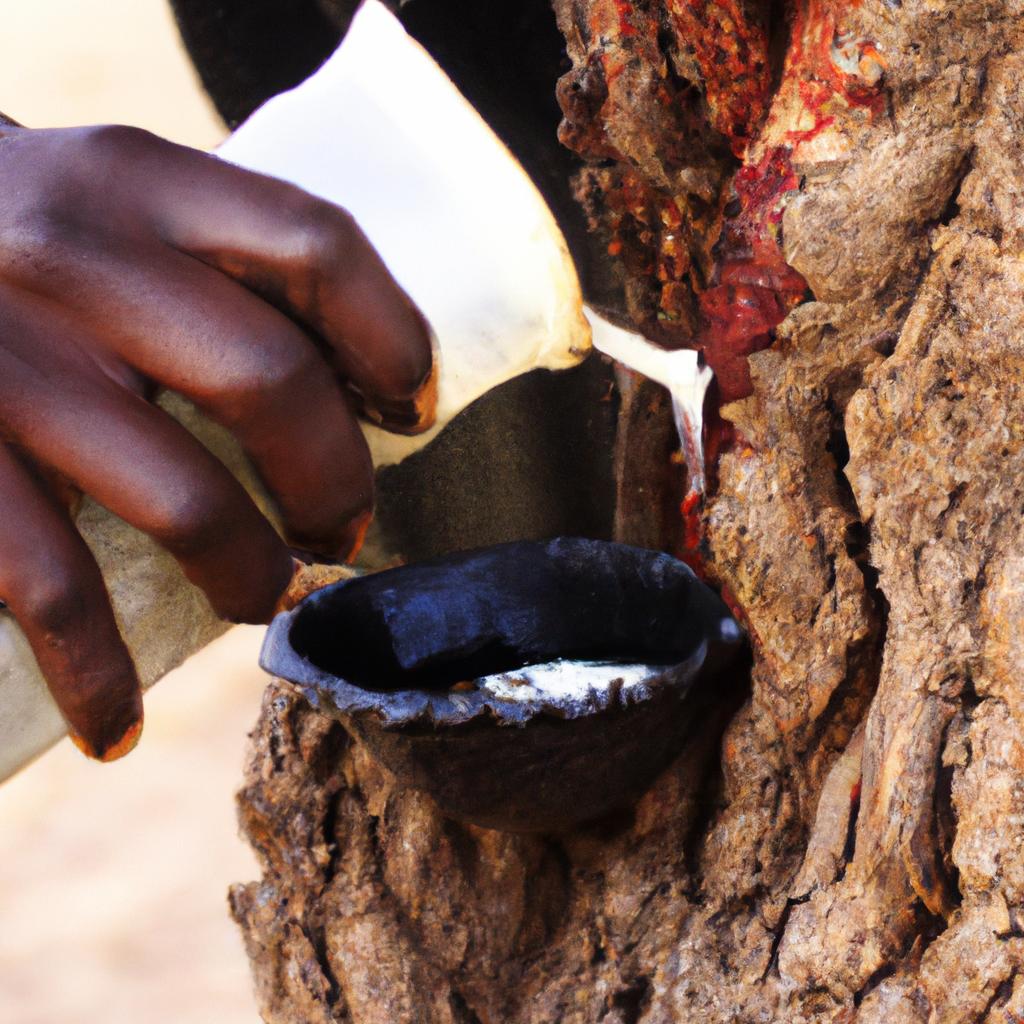
Besides its historical applications, the dragon blood tree has garnered modern attention due to its potential medicinal properties. Studies reveal that the sap contains compounds with antioxidant, anti-inflammatory, and antimicrobial properties. These qualities render the sap a promising treatment for various ailments, including skin infections, gastrointestinal issues, and even cancer.
Commercial enterprises also exploit the dragon blood tree, using it in cosmetics and natural dyes. The red sap finds its place as a pigment in lipsticks and nail polishes, while the leaves and bark produce natural dyes for textiles. By supporting companies that responsibly harvest dragon blood tree resources, we contribute to conservation efforts and promote the cultural and economic significance of this captivating species.
In conclusion, the dragon blood tree is a unique and essential species that commands our attention and protection. From its enchanting appearance to its cultural and ecological value, this plant captures the imagination of people worldwide. By supporting conservation initiatives and sustainable exploitation of the species, we secure its survival for generations to come.
